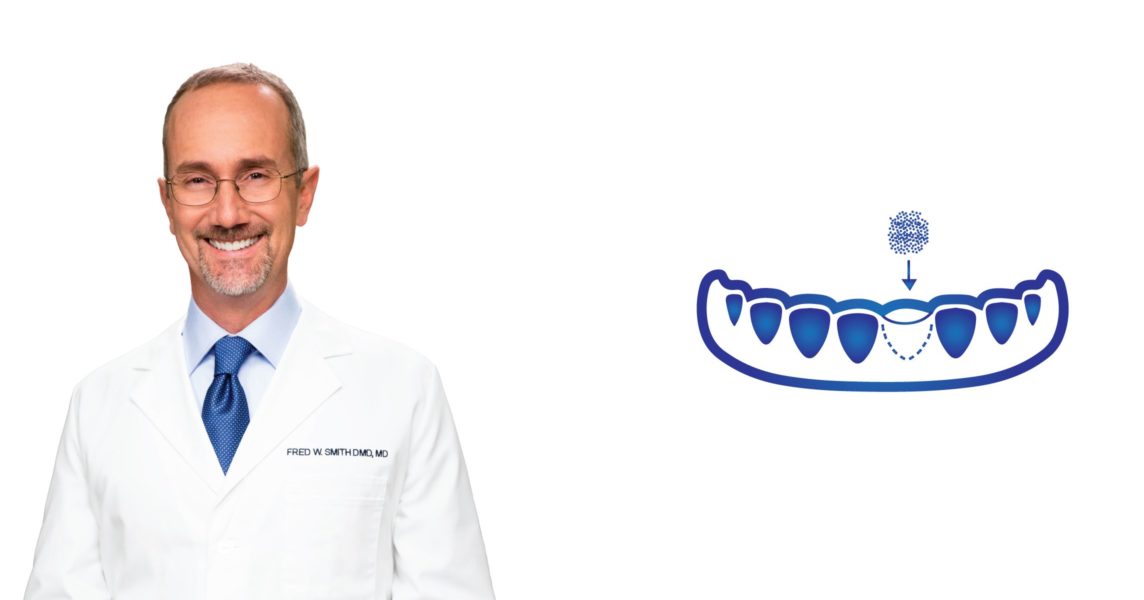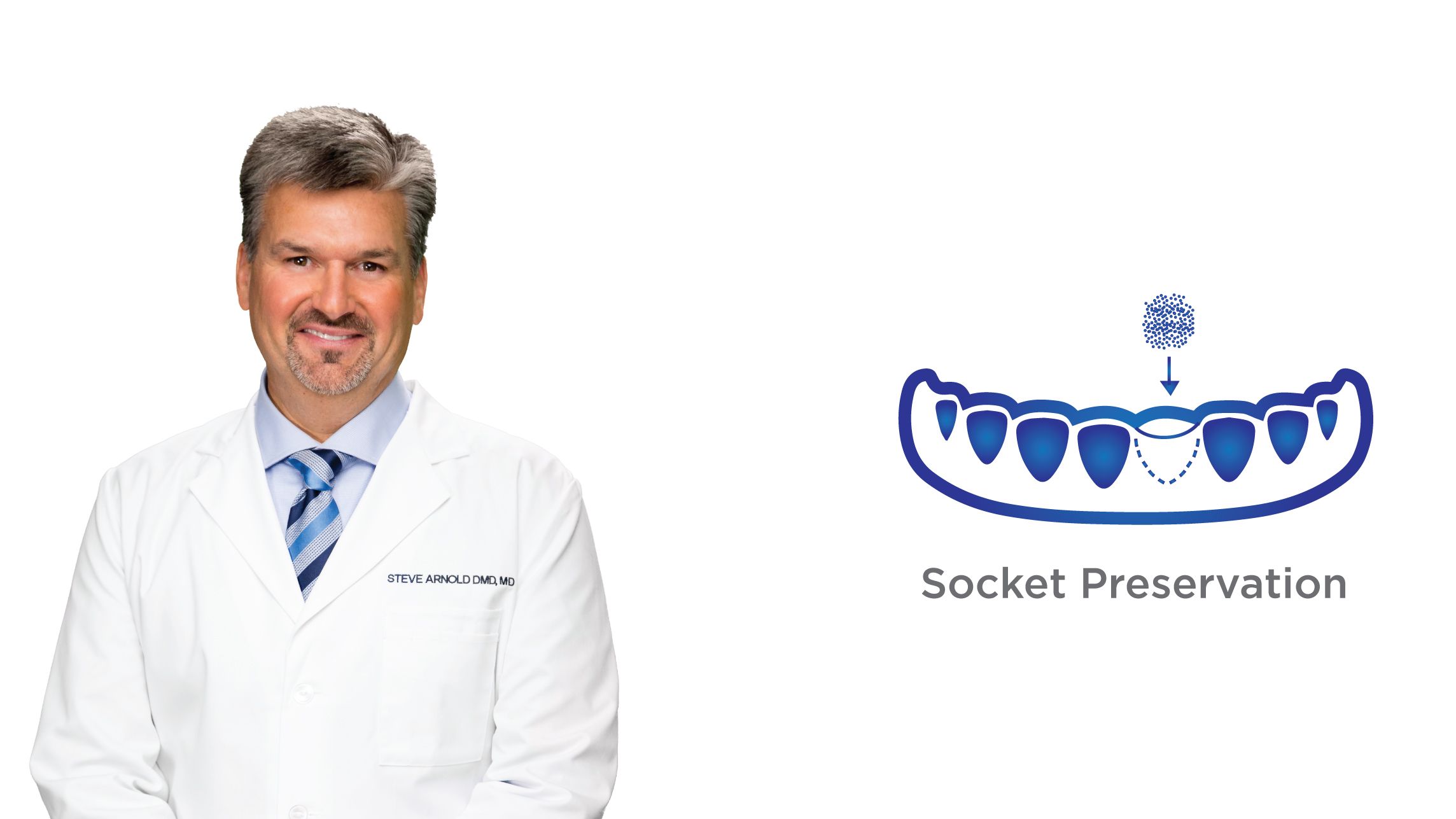Bone grafting is a procedure that replaces or restores bone that has been lost because of tooth loss, facial injuries, or other issues. Oral surgeons can use bone grafting to prepare patients for dental implants, but bone grafting can also improve the overall structure of the face.
How does bone grafting work?
During a bone grafting procedure, your oral surgeon will place bone grafting material over the areas of bone that are too sparse. The material consists of tiny granules suspended in a gel with growth factors. The bone graft material may be sourced from a tissue supplier or a different part of your jaw.
Types of Bone Grafting Procedures
The bone grafting procedure you need will depend on the amount of bone loss that has taken place and your goals for treatment. If you want to receive a dental implant to replace one of your upper back teeth, a sinus lift may be necessary. If you want to prepare a tooth socket for a future dental implant placement, socket preservation may be the right procedure. Your surgeon will help you form a treatment plan that makes sense for your goals.
Below are some of the most common bone grafting procedures oral surgeons perform:
- Sinus lifts increase the amount of bone between your upper molars and the sinus cavity. Doing so protects the sinuses during dental implant placement.
- Socket preservation involves the placement of bone graft material into an empty tooth socket. These procedures are usually performed immediately after a tooth extraction to prevent rapid bone loss from taking place.
- Ridge expansion adds width and/or height to the alveolar ridge, which is the bone that holds the teeth in place. Having enough bone in the alveolar ridge is crucial for a successful dental implant placement.
- Nerve repositioning is performed to protect the inferior alveolar nerve, which gives sensation to the chin and lower lip. If a dental implant procedure might damage this nerve, an oral surgeon may be able to move it aside to make space for your implants. Moving the nerve at all can be somewhat risky, so this is usually a last resort.
To find out if bone grafting will be a part of your overall treatment plan, contact one of our offices in Alexandria, LA for more information.






